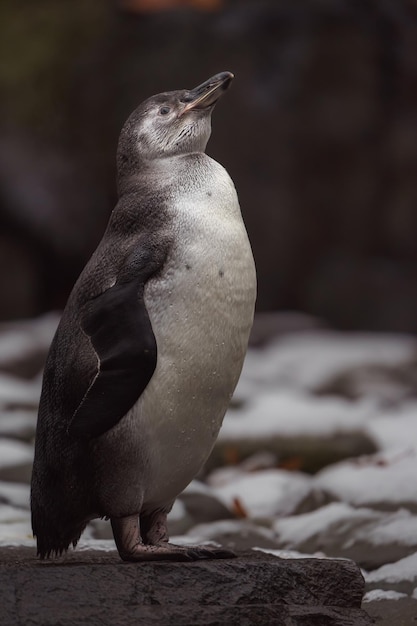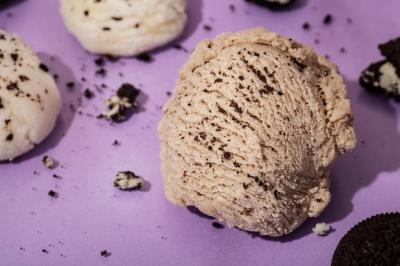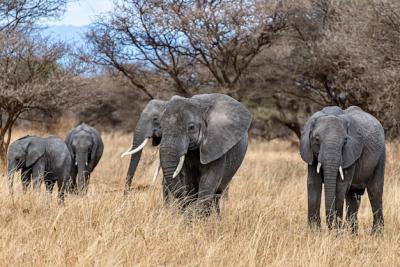Humboldt Penguin: Stunning Free Stock Photos to Download
Humboldt Penguin: A Glimpse into Their World
The Humboldt penguin is a charming bird found along the coasts of Peru and Chile. Known for their distinctive black and white coloration, these penguins have a unique personality that captivates many. In this section, we explore their habitat, diet, and behavior, providing you with a comprehensive understanding of what makes them so special.
Habitat of the Humboldt Penguin
Humboldt penguins are primarily found in the rocky coastal areas of:
- Central Chile
- Southern Peru
These birds prefer places that offer both access to the ocean and sheltered areas for nesting. The warm climate and rocky shores provide the perfect environment for these playful creatures to thrive.
Diet and Feeding Habits
Humboldt penguins are excellent divers and rely on their swimming skills to hunt for food. Their diet mainly consists of:
- Sardines
- Anchovies
- Krill
These fish and crustaceans provide the essential nutrients required for their survival. They are known to dive to depths of up to 30 meters while hunting for their next meal.
Behavior and Social Structure
These penguins are social animals that enjoy the company of their peers. They are known for their playful antics and often engage in:
- Swimming together
- Preening each other
- Vocalizing to communicate
Their social bonds are strong, and they often mate for life, providing a sense of stability in their communities. Their charming personalities and interactions make them a favorite among wildlife enthusiasts.
Conservation Status
As climate change and human activities threaten their natural habitats, the Humboldt penguin's population has seen significant declines. Conservation efforts are crucial to ensure their survival. Efforts include:
- Protecting nesting sites
- Educating local communities
- Monitoring population trends
By working together, we can help ensure that future generations can enjoy the beauty of Humboldt penguins.
Conclusion
The Humboldt penguin is a delightful part of our natural world. By learning more about their habits, diet, and the challenges they face, we can appreciate these unique birds even more. Join us in celebrating their beauty and supporting the efforts to protect them in their natural habitat.












